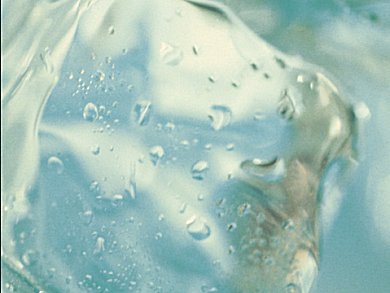Udo Buck, Max Planck Institute for Dynamics and Self-Organization, Göttingen, Thomas Zeuch, University of Göttingen, both Germany, and colleagues used mass spectrometry to determine the number of water molecules and IR spectroscopy to determine the structure of size-selected (H2O)n clusters (n = 85–475) during formation of ice clusters. Bonds in liquid water and those in ice absorb at slightly different IR frequencies.
Spectral features indicating the onset of crystallization are first observed for n = 275 ± 25 water molecules. The crystallization process is more or less complete for clusters with n = 475 ± 25 water molecules.
There is a smallest possible size for a cluster to crystallize into ice because the water molecules need enough room to adopt the ice configuration, which is based around a central ring of six hydrogen-bonded water molecules.
The determination of the size range in which the critical nuclei of crystal water are formed is crucial information for resolving the crystallization mechanism of water.
- A Fully Size-Resolved Perspective on the Crystallization of Water Clusters,
Christoph C. Pradzynski1, Richard M. Forck, Thomas Zeuch, Petr Slavíček, Udo Buck,
Science 2012, 337, 1529.
DOI: 10.1126/science.1225468




